Top Amazing Fun Facts About Snakes in 2023
Written by Sthitee Mohanty, senior writer
Did you know that snakes don’t have eyelids, ears or limbs?
Written by Sthitee Mohanty, senior writer
Introduction to snakes
What’s the fear of snakes called? What are some really interesting fun facts about snakes? If you want to know the answers to these – then this is the perfect article for you. We give you all the information about snakes you need!
Snakes are reptiles with elongated bodies and a mostly carnivorous (meat-eating) diet. They are limbless, meaning they don’t have arms or legs. Other reptiles include turtles, lizards, tortoises, crocodiles, and even dinosaurs! Snakes have overlapping scales instead of skin.
A look at snakes in a nutshell
| Physical attributes | Eating | Habitat | Movement |
| Snakes are vertebrates, meaning they have a backbone Are cold-blooded – meaning that their body temperatures change according to the temperature of their surroundings They don’t have limbs, eyelids, or ears | They are carnivorous – and eat: Mice, rats, birds, frogs, fish, insects, lizards, etc They could also eat other snakes | They are everywhere on Earth, but not near the North and South poles. The tropics have the maximum types. Most live on the ground, but some also live in trees. Sea snakes live in water. | They don’t have limbs, so most snakes move by pushing the scales under their bodies against the ground. |
Now let’s look at snakes in detail….
How long have snakes been around?
A long, long time!
Snakes say experts, evolved from lizards in, what’s called the Middle Jurassic period – some 174.1 million to 163.5 million years ago!
The oldest known fossil snake was a small snake that is said to have lived in southern England about 167 million years ago. It was called Eophis underwoodi.
Why are snakes called cold-blooded?
Snakes are cold-blooded creatures, scientifically called ectothermic. They cannot regulate their body temperature and get heat from external sources. This means that getting too cold or too hot would kill a snake. All animals need to maintain a constant body temperature. Some animals like snakes depend on external sources like the sun to increase their body temperature.
More about snakes
As snakes have rope-like bodies, their organs are specially arranged. Paired organs like kidneys are arranged one in front of the other – imagine if the human body were arranged similarly!
Where are snakes found?
Snakes are found on every continent except Antarctica and certain countries like Greenland, Iceland, Ireland, and New Zealand. Snakes live in a variety of habitats, from the desert to the ocean. There are around 3900 species of snakes in total.
Type of snakes
Based on venom, snakes can be of two types: venomous and non-venomous. Some venomous snakes are cobras, mambas, boomslangs, vipers, rattlesnakes, kraits, etc. Some non-venomous snakes are rat snakes, boas, pythons, hog nose snakes, etc.
Next, are some fun facts about snakes!
Top 20 Fun Facts About Snakes In 2023
Here are some fun facts about snakes
1. The fear of snakes is called Ophidiophobia.
2. Like most reptiles, snakes lay eggs.
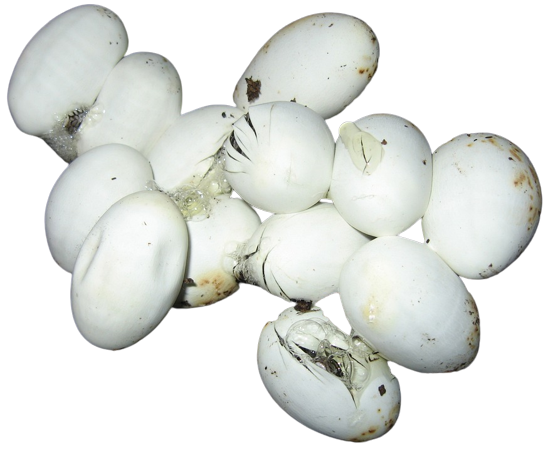
Their eggs have leathery shells. Some species of sea snakes give birth right in the water!
Also, some snakes, like the land snake Russell’s Viper also give birth to snakelets (young snakes are called snakelets). These are ovoviviparous snakes – meaning their eggs hatch inside their body and give birth to the hatchlings.
3. Though most snakes are limbless, some still have remnants of legs attached to their skeleton.
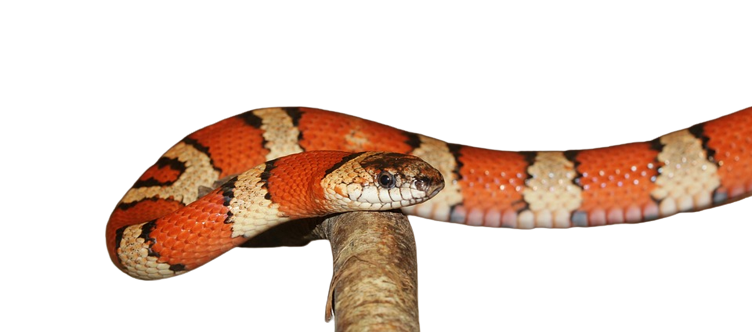
Pythons and boa constrictors have little bone outgrowths near their pelvic girdles, which scientists believe to be leftovers of underdeveloped legs. This makes sense because snakes did descend from an animal with limbs.
4. Snakes smell through their tongues (in a way, read on…)

Snakes don’t have a nose like other animals or humans. They have, what’s called, a “nasal cavity”. When they need to smell, snakes stick out their tounges to collect chemical information from around them.
When it pulls its tongue back into its mouth these particles that the tongue collected are then transferred to an organ that’s situated in the roof of its mouth – called the Jacobson’s organ. This organ sends then proceeds to send signals to the snake’s brain, which, in turn, interprets the smell
So, while it could be said that the snakes use their tongues to “smell,” they don’t use them to actually smell but to collect the particles.
Also, they have nostril-like holes called pits.
5. Do you know what human hair and snake scales have in common?
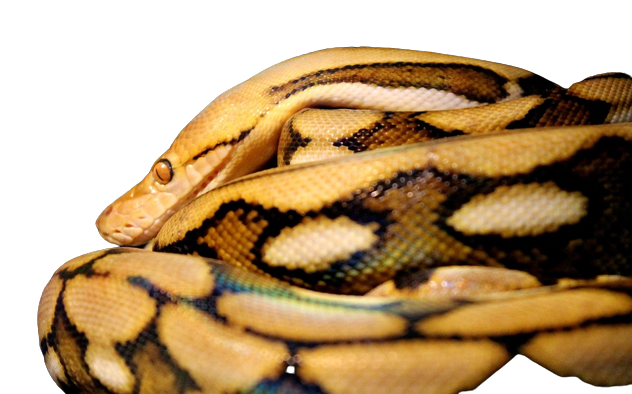
They’re both made from keratin! Keratin is a protein found in human hair, nails, skin, and snake scales. Most animals have keratin as a protective layer, as it is also impermeable to water.
6. Snakes hiss as a warning.
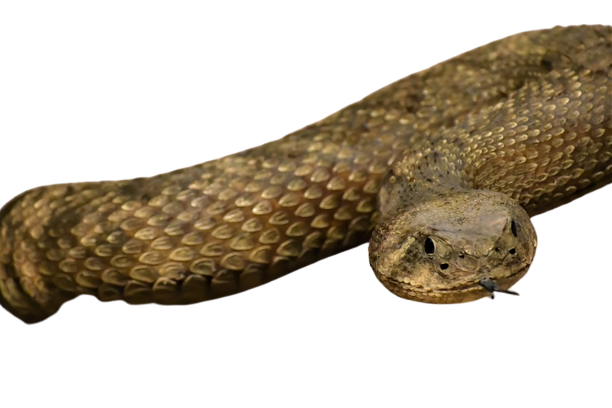
Snakes hiss when they feel threatened. Particularly shy creatures, snakes don’t like anyone coming close to them.
7. Some snakes reproduce without males

The Brahminy Blind snake reproduces without males. It forms baby snakes by itself, with no sperm. Scientifically, this process is called parthenogenesis – the fertilization of eggs without sperm, followed by stable embryonic development. The entire species of this blind, non-venomous snake is female.
Sometimes getting mistaken for earthworms, these snakes have shiny skins, are thin and small, and are usually silver grey, dark grey, or purple.
8. Snakes don’t blink and they don’t have eyelids.
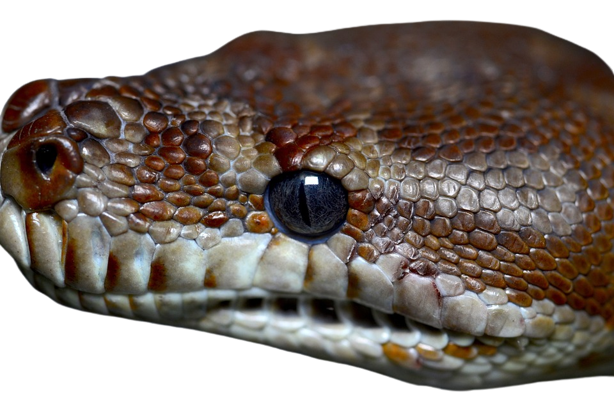
Instead of eyelids, snakes have eye scales or brille which are basically scales that cover the eyes and cannot move. Snakes need a permanent protective layer for they are in continuous contact with the rough, gritty ground. These eye scales also give snakes a glassy-eyed appearance.
9. Are there flying snakes?
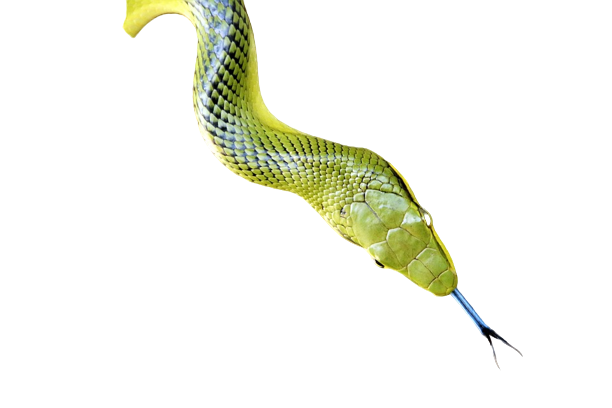
No, snakes can’t fly but they can appear to fly when they glide from one tree-top to another. Mildly venomous, these snakes can control their gliding by moving about their rib cage. When they glide over long distances, it seems like they are flying.
10. Snake dreams…
Snakes hold a prominent position in many South Asian cultures. Some believe snakes to be auspicious while some think of snakes as evil omens. Snakes also feature prominently in Hindu, Aztec, Greek, and other mythologies of the world.
11. A stressed snake can eat itself
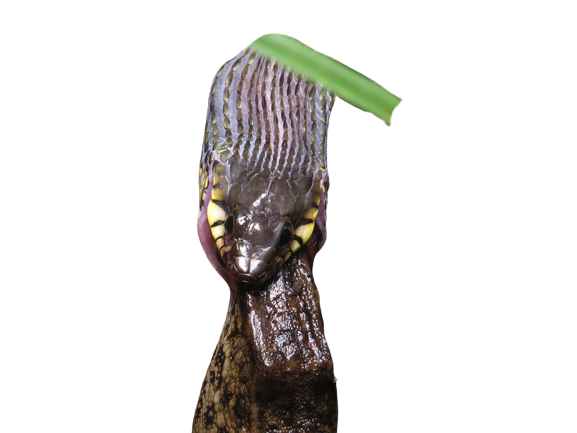
When under great stress, confused, ill, or trapped, a snake can start trying to eat itself. The brains of snakes are prone to reactive behavior. Coupled with predatory instinct, it is easy for snakes to get confused and try eating themselves.
12. An entire island has been reserved by Brazil for snakes.
The Ilha da Queimada Grande is an island off the Brazilian coast that is home to an endangered snake species, golden lancehead pit vipers. These snakes prey on birds. Only the Brazilian Navy and vetted researchers can enter the island.
13. Snakes don’t have ears and can’t hear as humans do.
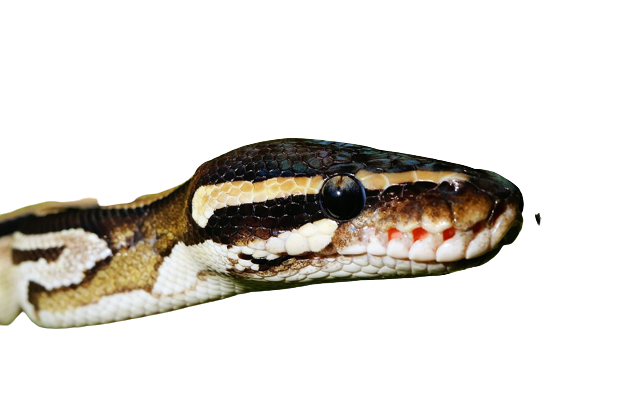
While snakes don’t have an external ear, as humans do, they have an inner ear. This inner ear has a small bone, “columella” that is attached to the jawbone. This is what helps them to sense vibrations, which is how they “hear” in a sense.
So, no matter what language you speak, a snake cannot hear you. It would understand you better if you just stomped your feet!
14. Snakes can eat other snakes.
Snake cannibalism is exhibited by species like cobras. Sometimes older snakes prey on younger snakes. Even during mating, a larger female can eat a smaller male snake and vice versa.
15. Snakes like vipers, boas, and pythons have infrared detection abilities – they can sense heat.

They have membranes in their pits that can detect the heat bodies in front of them give up. Imagine why snakes are amazing reptiles – we still need infrared goggles to perform such a feat!
16. The fastest snake in the world is Black Mamba
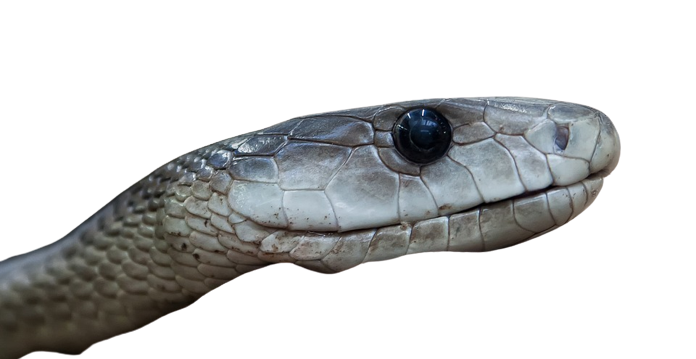
This snake is found in the dry bushlands of eastern Africa. It can travel up to 15 kmph on open ground.
17. The longest snake in the world is the reticulated python
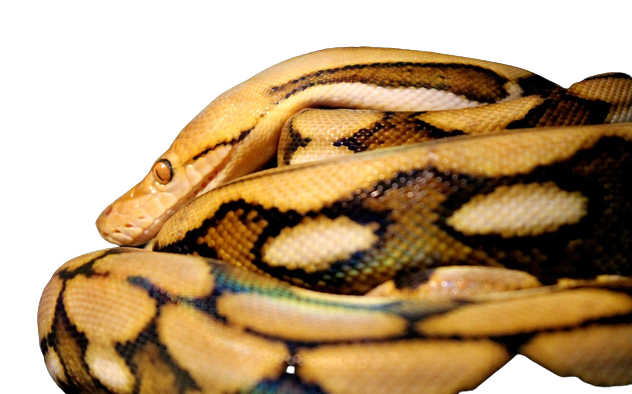
This snake usually grows to a little over 6 meters (that’s over 20 feet!). Excellent swimmers, reticulated pythons are very muscular and can also climb trees by wrapping their bodies around the trunks.
Here’s another fun fact about snakes: The longest snake to ever have been captured was called Medusa, a female reticulated python in the US. It was 7.67 metres long (more than 25 feet!)and weighed 158.8 kilograms.
18. The smallest snake in the world is the Barbados Thread Snake
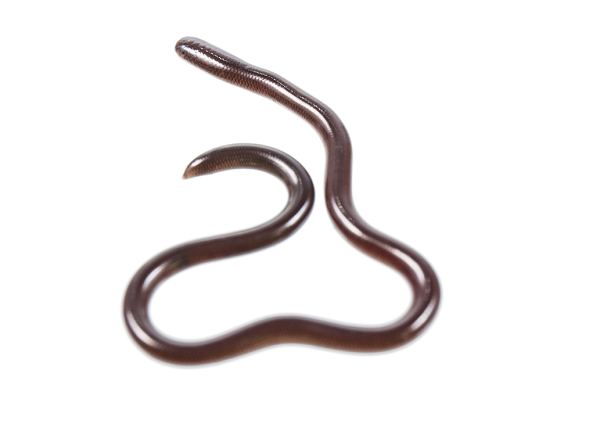
This is a small burrowing snake that only grows to a length of about 10.4 cm (4.1 inches). It is widely believed to be the world’s smallest snake. It is usually found in some forests in eastern Barbados – a small island country in the Caribbean Sea.
19. Only some snakes have fangs (big, sharp teeth)

Here’s an interesting snake fact: Most snakes have teeth but not all have fangs. Only poisonous snakes have fangs.
Fangs are special sharp and hollow (or grooved teeth) in snakes that work as carriers of a poisonous liquid called venom. Snake’s fangs are connected to a little sac in the head that produce the venom. This poison is transferred to the fangs and then gets injected into the body of their prey.
There are four types of snake venom – proteolytic venom attacks tissue, hemotoxic venom attacks blood, neurotoxic venom attacks the nervous system, and cytotoxic venom attacks cells.
20. The most venomous snake in the world is the Inland Taipan.

Known as the fierce snake, its paralyzing venom can kill a human in under an hour if untreated. Native to Australia, its venom is specially adapted to kill warm-blooded mammals. The word fierce describes how fast its venom acts, not the snake’s temperament.
The poison consists of a mix of toxins that paralyze the victim’s muscles, cause problems in breathing, and hemorraging (bursting) blood vessels.
Did you know that some snakes steal venom?
The Japanese snake species, the tiger keelback snake eats poisonous toads and stores this poison obtained from their diet in special glands. Many other animals exhibit similar behavior: colorful poison dart frogs get their toxins from the beetles they eat; some sea slugs hunt jellyfish to obtain their venom.
Hope you enjoyed these fun facts about snakes!
What are the 5 Characteristics of Snakes?
Here’s some more information about snakes after the top 20 fun facts about snakes.
1. Most snakes have one functional lung
In most snakes, the right lung is developed, but the left lung is either missing, or smaller (can be developed in some). This is because they have to make space for other organs in their elongated bodies. Snakes have a cylindrical internal body cavity and there is limited space. So, they have single organs instead of paired ones to save space.
2. Most snakes are found in the tropics
Snakes need a lot of sunlight to be healthy. Most live on the ground, but some are arboreal or aquatic (living in water), and some are burrowers as well. Snakes like cobras build nests!
3. Though snakes have no limbs, they move by contracting their muscles.
The rhythmic squeezing of their muscles, aided by elongated scales on their abdomen, helps them move. The scales add friction to their movement, helping them move.
4. Snakes mate and lay eggs in certain seasons only.
Some species dance to attract mates while others take on multiple mates. Some even consume their partners after mating!
Did you know these fun facts about snakes?
5. You can distinguish venomous snakes and non-venomous snakes based on their physical features.
| Non-venomous snakes | Venomous snakes |
| Have no fangs | Have fangs |
| Have no pits | Have pits (holes on their snouts like nostrils) |
| Have rounded pupils | Have slitted pupils |
Why are snakes amazing reptiles?
There are many reasons why snakes are amazing reptiles.
| Snakes have 1200 bones in them while humans have only 206 bones! |
| Chinese mythology says that old snakes can evolve into dragons. |
| If their fangs get lost or damaged, snakes can regrow them. |
| They can dislocate their jaws to eat prey larger than them. Special bones in their skulls allowd them to open their jaws so wide that they can swallow large prey in one go. |
| Snakes can perform a variety of movements despite being limbless. They can move through sand, tree tops, in water, on top of the water, etc. |
| They can stay alive for months without food |
Do you need more reasons why snakes are amazing reptiles? 🙂
Facts about snakes in India
Does India have snakes? Yes!
Here are some facts about Indian snakes:
- India is home to almost 300 snake species.
- Do you know the Big Four deadly snakes of India? They are the spectacled cobra, the common krait, Russell’s viper, and the saw-scaled viper. All these species are venomous snakes.
- In India, we even have snakes living at high altitudes. The Himalayan pit viper is found at 4900 meters and higher above sea level, making it the snake living at the highest altitude.
- We even have snakes who eat earthworms in India! The yellow-belly worm-eating snake found in North Eastern India eats worms.
- Did you know that the King Cobras build nests for their eggs? They are one of the few snake species that take care of their eggs. Most snakes just lay their eggs in a warm place and leave them behind.
There were some interesting facts about Indian snakes!
Facts about behaviour of snakes
Snakes are shy animals and do not seek fights. They like their own company, and are aggressive only when another comes too near them.
In a way, snakes are solar-powered. Their days start with basking in the sun – much like a human needs coffee to jumpstart their day!
Snakes shed skin regularly through a process called molting. This is their way of maintaining hygiene and getting rid of dirt and parasites. Scientifically, the process is called ecdysis.
These amazing reptiles do not hibernate. Instead, they go into brumation – a state of inactivity caused by low temperatures.
There are, of course, a lot more facts to know about different types of snakes. But we hope this article gave you a comprehensive overview…

Better Your Child’s G.K. In 3 Minutes – Get This Free Newsletter
Get fun facts, simple and easy news, quizzes, and lots of other interesting things to read in your mailbox – for free! It’s what we call GK-on-the-go!
I Kid You Not now has a large readership across India and also parts of the world. If you want to write for us, you can submit your story here. You can also apply to become a news anchor. Apply here



Comments